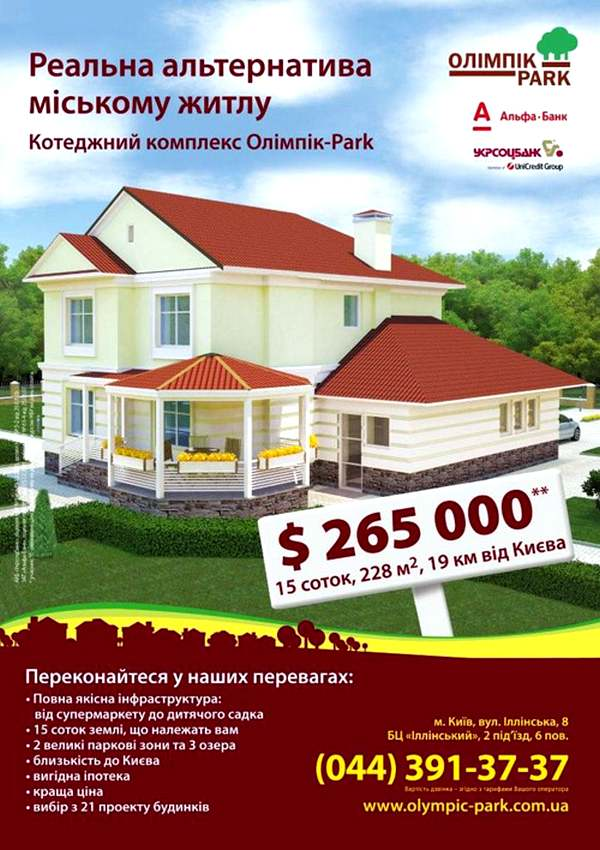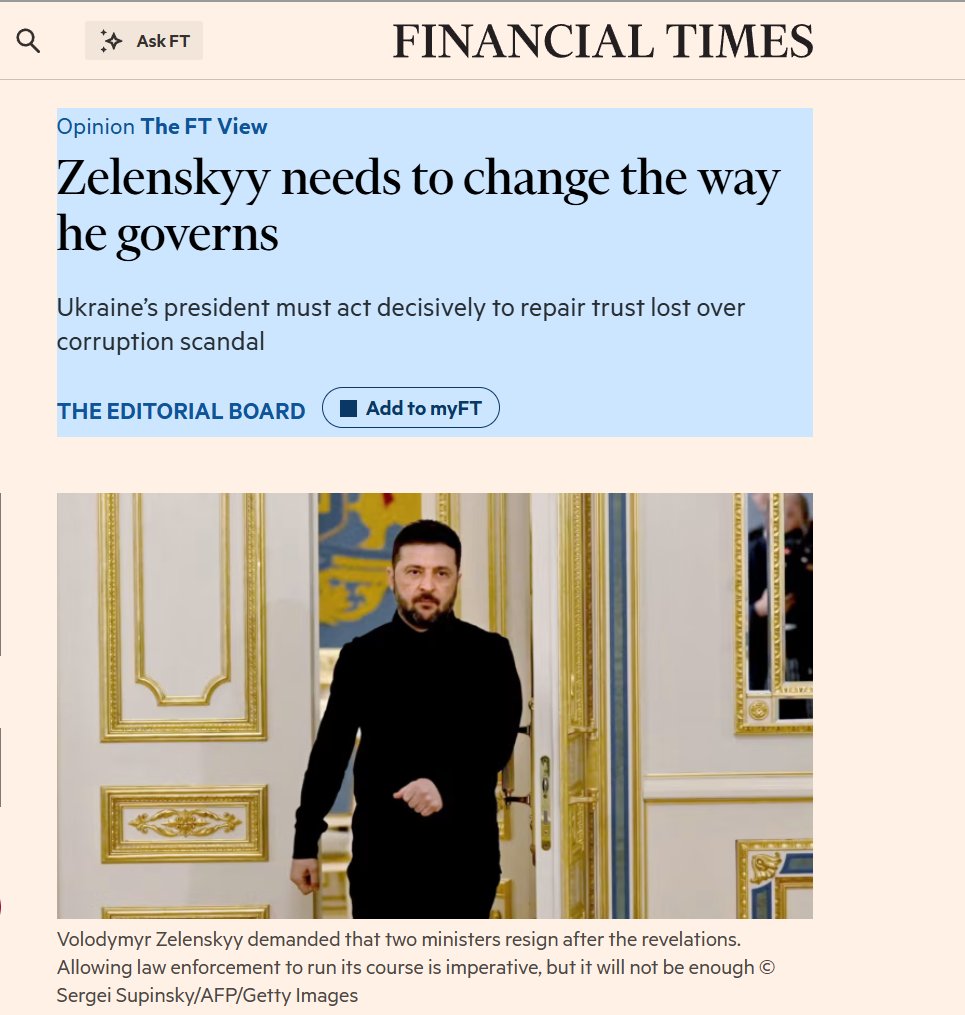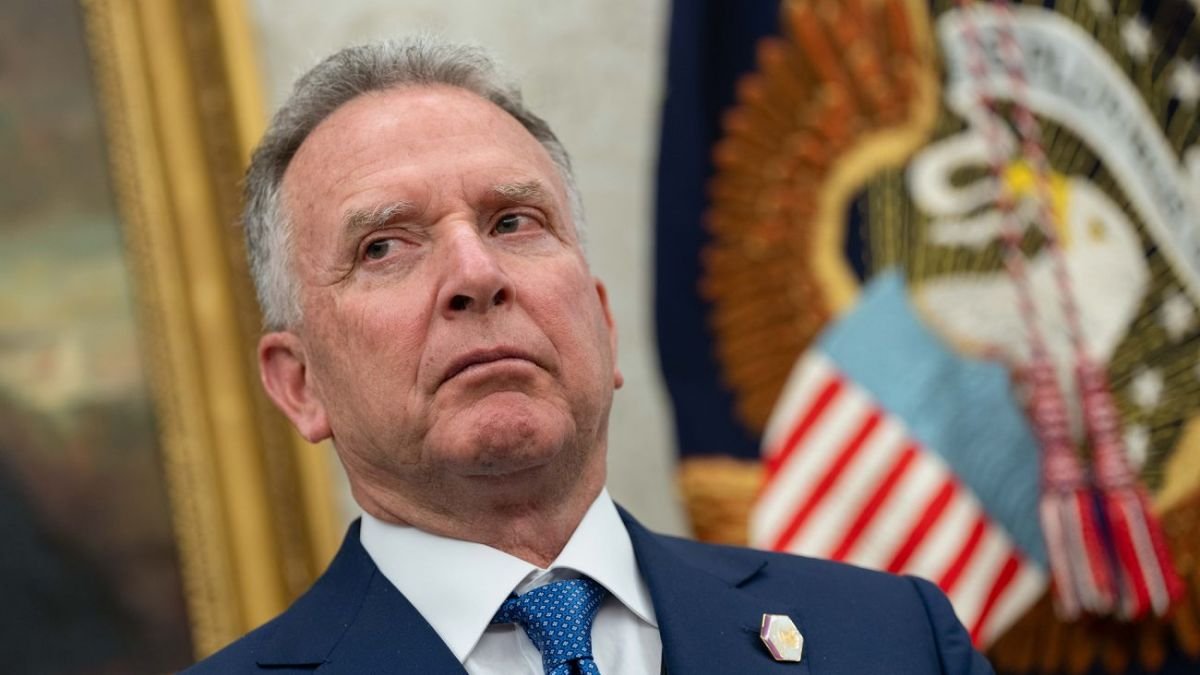Impressive thread was done by the @Black_BirdGroup about defenses in the south. In relation to this subject, I'd like to add additional insights and context. My intention is not to critique their presented report, but to emphasize crucial details that need to be added. 🧵Thread 

2/ Frequently, I see analysts focusing on visible defenses. This could foster the perception that the first defensive line is where fortifications are visible through satellite imagery, based on the presence of features like dragon's teeth, trenches, or anti-tank ditches. 

3/ In my perspective, this tendency can be attributed to the Streetlight effect - an observational bias wherein people exclusively search where it's easiest to look. In the context of satellite imagery, this translates to focusing on only visible defense structures. 

4/ However, considering on-ground reporting, it's worth noting that virtually every tree line has been fortified to some extent. These fortifications range from concealed positions for ATGM and machinegunner teams to discreet well-protected individual positions
5/ In this short timelapse video spanning from May to August, I've highlighted fortified zones that mappers often chart. However, by looking at damages it's evident that the true theater of combat was across all tree lines visible in the area.
6/ Which brings me to the point where I contest the definition of the first defense line by looking at anti-tank trench with pyramids, considering that there were dozens and dozens of manned tree lines with defense positions which were already destroyed or captured by our forces
7/ This distinction holds significant weight, as statements such as "Ukrainian forces haven't reached the first line of defense" could be misleading. In reality, our forces have gained control over numerous tree lines that constitute major defensive formations. 

8/ Ultimately, the destruction of enemy forces and assets positioned within these tree lines carries greater significance than obstacles like dragon's teeth and AT ditches, which can be circumvented in under 20 minutes when the enemy is suppressed or lacks the resources to resist
9/ In this final clip north of Robotyne, most tree lines have been heavily shelled due to intense battles fought over each one, making this hidden defensive formation more important than the widely discussed mapped lines.
I'd like to fix my earlier statement. Saying "20 minutes" might sound dismissive due to the battle's complexity, so it's inaccurate. I aimed to show that poorly manned or unguarded positions aren’t the biggest issue, but "20 mins" is incorrect statement.
10/ P.S.: I believe the main battle is ongoing, leading to the deployment of russian strategic reserves. This implies we should avoid statements like "Ukraine hasn't reached the first defense line," even though they might eventually retreat to the "Surovikin line."
11/ I'd like to retract my comment about 20 minutes. Using "20 minutes" might come across as dismissive considering the complexity of the battle. My intention was to highlight that unmanned or undermanned positions aren’t the biggest issue, but "20 mins" is incorrect statement.
• • •
Missing some Tweet in this thread? You can try to
force a refresh














